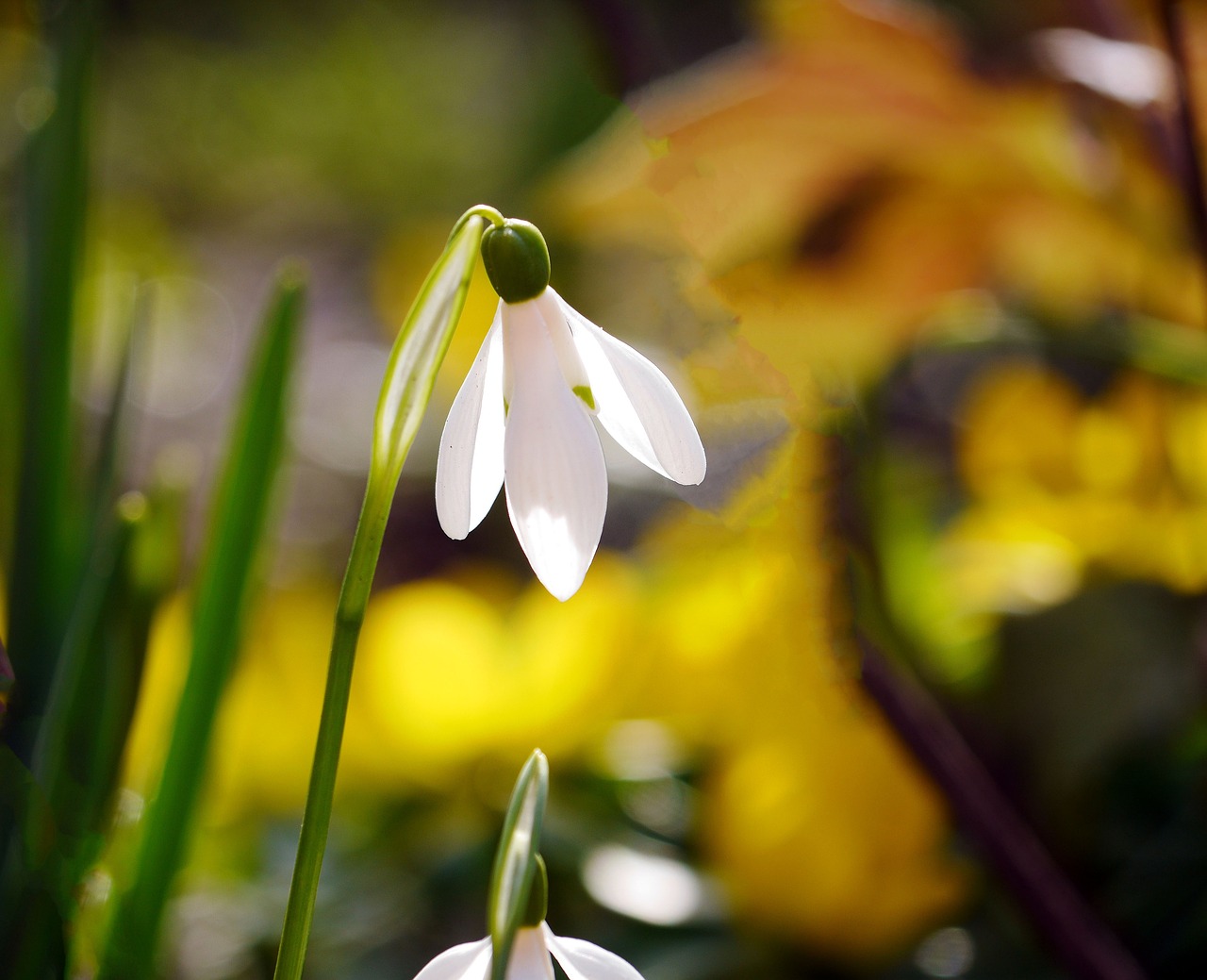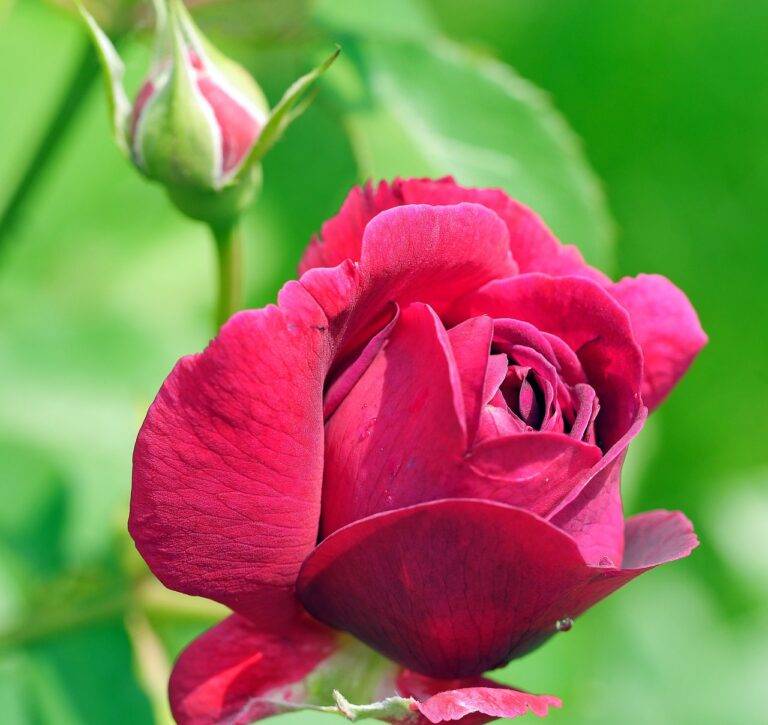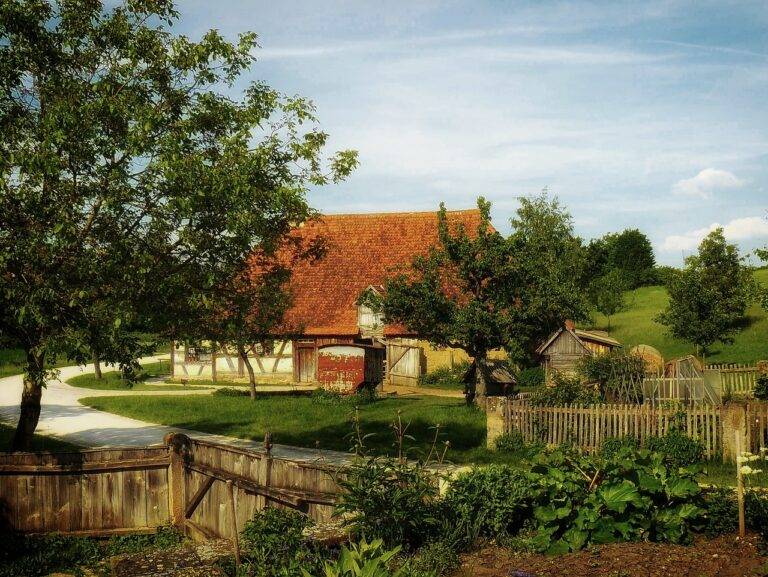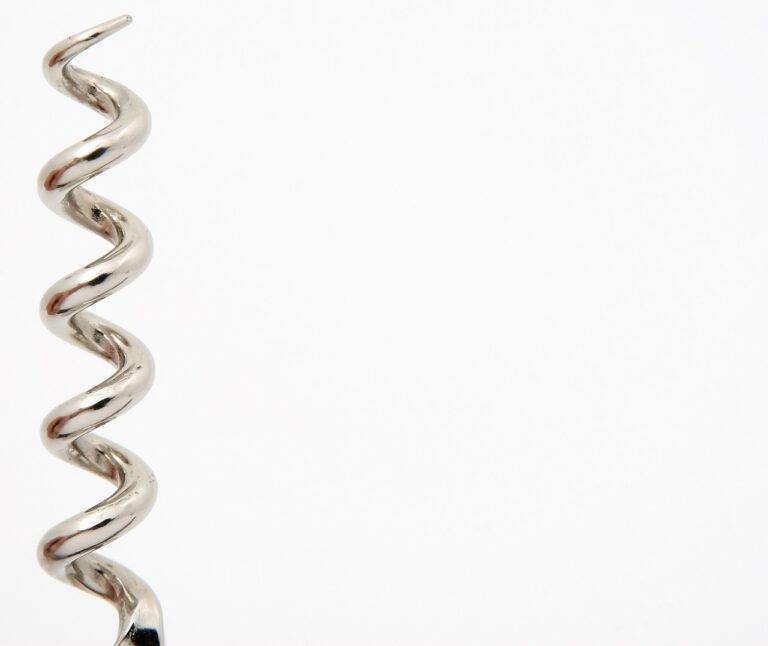Creating a Pollinator Oasis: Designing Gardens for Bees, Butterflies, and Birds
Creating and maintaining pollinator habitats is essential for preserving biodiversity and ensuring the health of our ecosystems. These habitats provide food, shelter, and breeding grounds for bees, butterflies, birds, and other essential pollinators. By ensuring these habitats are abundant and diverse, we can help support the pollinators that are crucial for the reproduction of many plant species.
Pollinators play a fundamental role in the process of pollination, transferring pollen from one flower to another and enabling plants to produce fruits and seeds. Without pollinators, many plants – including those that humans rely on for food – would not be able to reproduce. By establishing and protecting pollinator habitats, we can help maintain the delicate balance of nature and support the pollinators that are vital to our environment.
Understanding the Needs of Bees, Butterflies, and Birds
Bees, butterflies, and birds, though diverse in their species and behaviors, share a common need for suitable habitats to thrive. Bees require access to a variety of flowers for pollen and nectar, while butterflies rely on specific host plants for laying eggs and feeding. Birds, on the other hand, need resources like trees, shrubs, and open spaces for nesting and foraging. By understanding these unique needs and creating habitats that cater to them, we can help support these important pollinators and wildlife in our ecosystem.
Creating pollinator-friendly habitats involves planting a diverse range of native plants that bloom at different times of the year to provide a continuous food source for bees, butterflies, and birds. Additionally, incorporating water sources like birdbaths or shallow dishes for butterflies can help sustain them during hot and dry periods. Providing shelter such as nesting boxes, trees, and dense vegetation can offer protection and breeding spaces for birds. By enhancing our understanding of the specific requirements of these pollinators and wildlife, we can contribute to the preservation of biodiversity and the overall health of our environment.
Why are pollinator habitats important?
Pollinator habitats are crucial for the survival of bees, butterflies, and birds as they provide food sources, shelter, and nesting areas for these important species. Without pollinator habitats, these animals may struggle to find the resources they need to thrive.
What are some key needs of bees, butterflies, and birds?
Bees require access to a variety of flowering plants for nectar and pollen, butterflies need host plants for their caterpillars to feed on, and birds need a diverse habitat with food sources such as insects, seeds, and berries.
How can individuals help support pollinators?
Individuals can help support pollinators by planting native flowering plants in their gardens, using pesticides sparingly, providing water sources, and creating habitat structures like bee hotels and birdhouses.
What are some common threats to pollinators?
Common threats to pollinators include habitat loss, pesticide exposure, climate change, and diseases. By understanding these threats, we can work to mitigate their impact on these important species.
How can communities work together to protect pollinators?
Communities can work together to protect pollinators by creating pollinator-friendly policies, establishing community gardens and green spaces, and educating residents about the importance of pollinators in our ecosystems.





